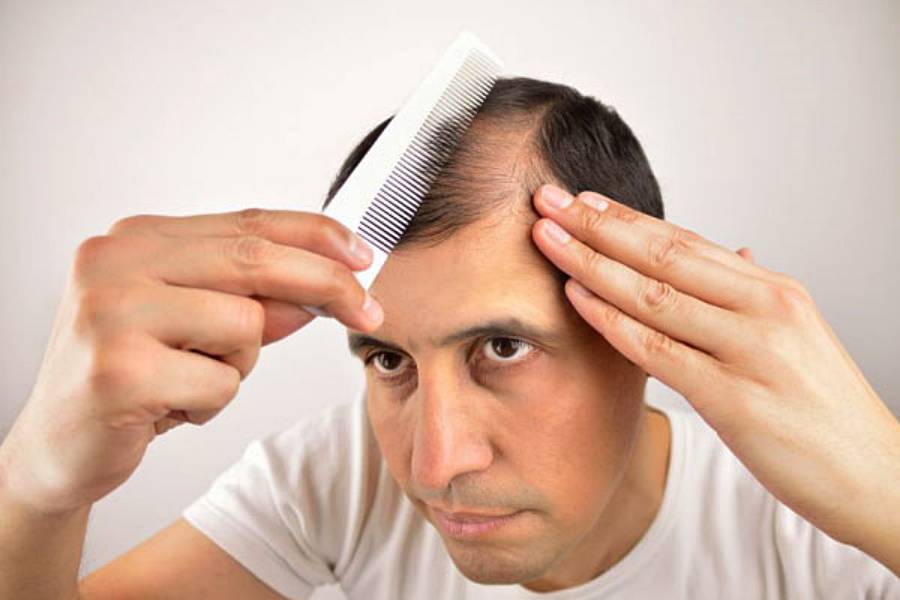A first in the developing history of biomedical engineering, scientists in the United States successfully 3D-printed hair follicles within lab-grown human skin tissue. Rensselaer Polytechnic Institute of New York researchers published their findings in the journal Science Advances.
Hair follicles help to regulate body temperature by producing perspiration and contain stem cells that aid in skin regeneration.
The achievement is unprecedented. Not only for its aesthetic value as a potential solution for baldness, but also as a step forward in regenerative medicine.
The breakthrough marks an advancement in the scientific realm of skin tissue engineering. The successful printing of hair follicles with the prospect of 3D-printd skin grafts capable of growing hair is set to shape the future of medical procedures concerning artificial hair transplant.
The breakthrough also reflects the potential automation of processes in biomanufacturing skin. The 3-D cultivation of human-derived cells demonstrates promise in generating new hair follicles and shafts, and promising advancements in successful skin grafts.
So far, the safety assessments often relied on hairless engineered skin tissues.
The incorporation of hair follicles into skin models provides researchers with a more realistic platform to explore how the skin interacts with various formulations, and thereby paving the way for the testing of more effective treatments for diverse skin conditions.
The research team at the Rensselaer Institute used 3D-printing techniques tailored for cellular-level precision.
The process involved cultivating skin and follicle cells until a sufficient quantity of printable cells was obtained.
These cells were then combined with proteins and other materials to create a specialised “bio-ink” for the printer.
Using an ultra-thin needle, the printer deposited the bio-ink layer by layer, simultaneously creating channels for the placement of hair cells. Over time, skin cells migrated to these channels, mimicking the natural follicle structures present in authentic skin.
SOURCE: INDEPENDENT PRESS AND NEWS AGENCIES
______________________________________________________________
FOLLOW INDEPENDENT PRESS:
WhatsApp CHANNEL
https://whatsapp.com/channel/0029VaAtNxX8fewmiFmN7N22
![]()
TWITTER (CLICK HERE)
https://twitter.com/IpIndependent
FACEBOOK (CLICK HERE)
https://web.facebook.com/ipindependent
Think your friends would be interested? Share this story!





